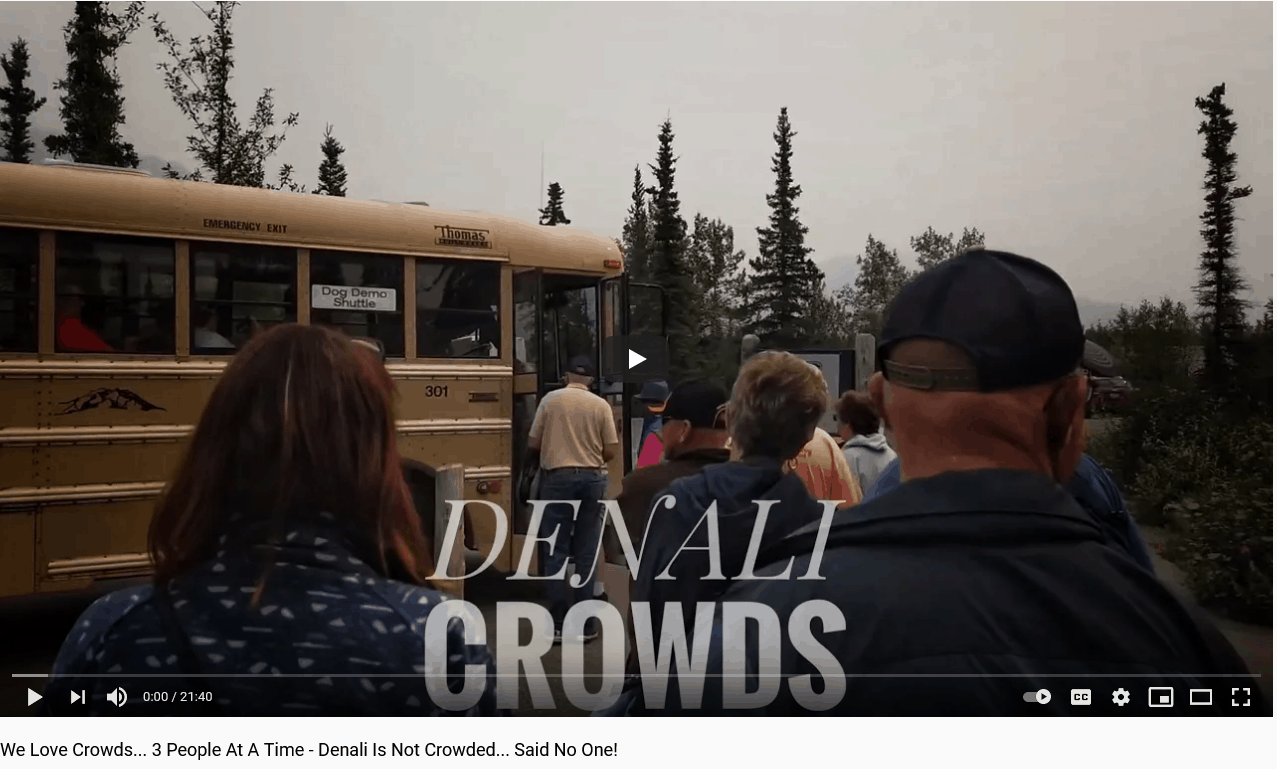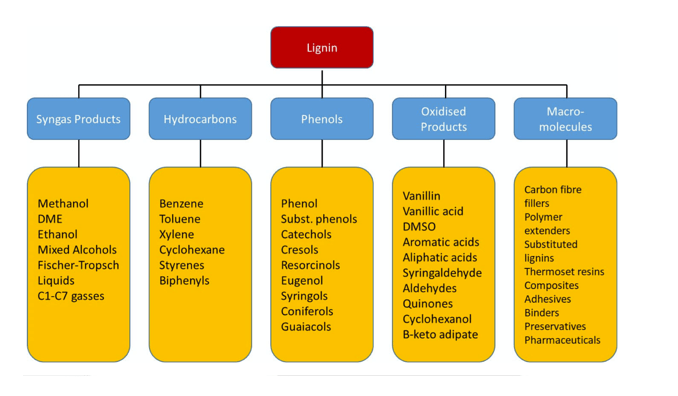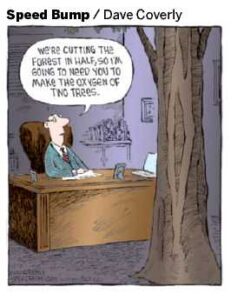There seems to be a full-court press by NGOs with the concept that President Biden should show his support for climate action (related to COP26) by shutting down oil and gas leasing on federal lands (without regard to its legality, apparently). As we’ve seen with forest products, though, that actually doesn’t stop demand and use, and simply moves the environmental costs and social benefits of production to other countries. What I’d like is to open up the question of ways we could instead reduce consumption, preferably while not affecting poor/working class/people of color disparately, using federal land policies, that is legally viable.
To start the discussion, I’ll start with a likely to be highly unpopular idea.. but hopefully this will trigger other, more likely to be popular, ideas.
Discouraging High Carbon Tourism
Having recently returned from visiting three National Parks in Alaska, with thousands of other folks who flew in, used boats, cars and RVs. I propose analyzing the carbon footprints of visitors and workers in heavily used National Parks and closing, or greatly restricting, visitation to the ones with the highest footprints (tourists from farthest away; air travel, non-resident seasonal employees). Here are my arguments.
1. Heating, transportation of necessities, combines and snowplows, travel to work are necessities; “airplane level” tourism not so much. One view might be that If we as a country want to keep our footprint small, we should prioritize necessities, not luxuries. Many folks like this recent piece in the WaPo, recommend tourism close to home to reduce carbon footprints.
The farther from home you go, the more fuel you need to get there (unless you’re going by bike, on foot or via renewable energy, of course), says Katharine Hayhoe, an atmospheric scientist, professor, director of the Climate Center at Texas Tech University and author of the forthcoming book “Saving Us: A Climate Scientist’s Case for Hope and Healing in a Divided World.” Her advice for travelers is to explore your own backyard and opt for more domestic trips.
2. At Denali, I asked why their Visitor Center was closed (I assumed it was due to Covid). The Park employee told me that it was because the Park was not funded or staffed well enough to keep it open. By closing or reducing access, perhaps Parks could better match their finances with their services.
3. Concessionaire employees are interacting with tourists (although Park employees, thankfully, are not). There are mask mandates but, if employees would not be safe with these same restrictions, then concessionaire employees would equally not be safe. For example, at Denali, the visitor center was closed, and the store was open. Fewer or no visitors would mean less chances for Covid transmission.
4. People say that National Parks are the “highest level of protection”. Seems like they would be even more “protected” without thousands of visitors, or with many fewer.
5. Tourism is seasonal and often workers are not permanent residents of the state. Even more travel could be reduced by having no concessionaires’ employees, and those workers especially now, would be likely to find similar (relatively low-paying) jobs in their own communities.
6. For gateway communities, less traffic would also mean less congestion in their communities, saving even more fuel.
In this Wall Street Journal article, they talk about local businesses pushing back to efforts to restrict/manage entry. On the other hand, there may be local people who would support the idea fewer tourists.
Awhile back during both the government shutdown, and because of Covid, many folks were arguing that Parks should be shut down to protect the resource Maybe this would be a win/win for the Park environment and reducing carbon impacts.
Other ideas?









